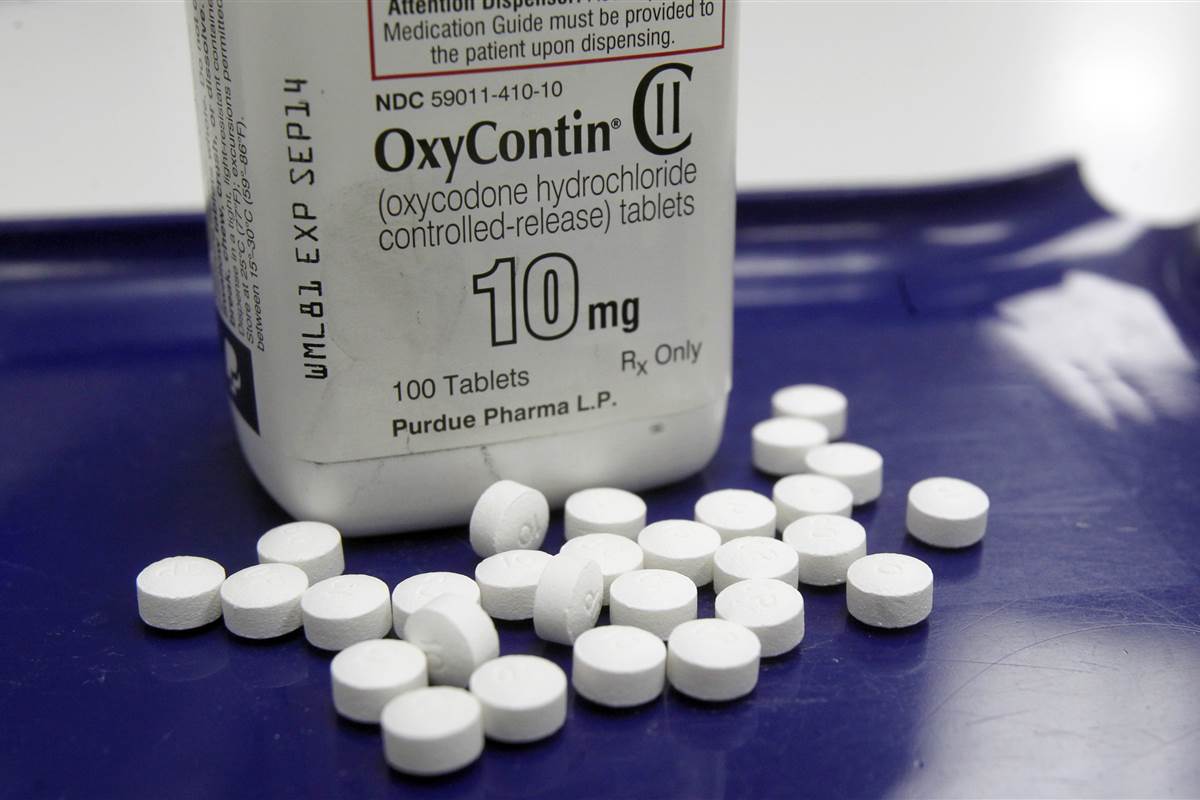
27 Jul Does Overdose Follow Over-Prescription?
 A look at over-prescription of opiates in the United States
A look at over-prescription of opiates in the United States
Last week’s post seemed a bit implausible: we saw that while overdose deaths have plateaued or fallen in the West, they are rising east of the Mississippi. We wrote that this difference may be explained by drug trafficking, the price and availability of black tar versus powdered heroin. To shed some light on last week’s data and understand the opiate epidemic further, this week we look at the prescriptions for opioid painkillers.
For at least ten years, up until 2012, prescription drugs were the largest contributor to overdose deaths.(1) But by 2012, heroin took more lives than any individual drug including oxycodone or hydrocodone.(2) A large percentage of heroin users escalated from prescription painkillers. In fact, in a 2008-2010 study it was shown that over 80% of heroin users reported using opiate pills non-medically prior to their first heroin use.(3,4)
So it makes sense to ask, are the states that prescribe the most opiates also the states with the highest overdose rates? If over 80% of heroin users initially started with prescription opiates, it would make sense to see overdoses following over-prescribing.
But from the data, the answer is no. Many states east of the Mississippi with increasing numbers of overdoses have a nationally average prescription rate.

A 2012 study of opiate prescription rates in the U.S. showed a three to five fold difference from the lowest to the highest states.(4) In each state on average, there were the same prevalence of injuries, surgeries or other conditions necessitating painkillers.(5) Still, certain states prescribed grossly more opiate painkillers than others.
As you can see in the map above, higher than average rates of opiate prescriptions were seen in Kentucky, West Virginia and Tennessee to name a few. If you remember last week’s post, these were the same areas that saw an increasingly high number of overdoses. What is interesting, is that over-prescribing in these states wasn’t limited to opiates. These states in Appalachia and the South had similarly high prescription rates for other drugs including antibiotics, stimulants in children, and medications that are high-risk for the elderly.(4) Doctor’s in these states were quick to write a prescription for just about anything, not just painkillers.
This discrepancy between over-prescribing and overdose rates in the South and East Coast help us see that overdose does directly follow over-prescription, and that many states with a climbing number of overdoses are not necessarily the states with high opiate prescription rates.
- National Institute on Drug Abuse. “Overdose Death Rates.” NIDA. N.p., 06 Jan. 2017. Web. 25 July 2017.
- Jones, Christopher M. “Heroin Use and Heroin Use Risk Behaviors among Nonmedical Users of Prescription Opioid Pain Relievers â United States, 2002â2004 and 2008â2010.” Drug and Alcohol Dependence 132.1-2 (2013): 95-100. Web.
- National Institute on Drug Abuse. “Prescription Opioid Use Is a Risk Factor for Heroin Use.”NIDA. N.p., n.d. Web. 27 July 2017.
- Paulozzi, Leonard J., Karin A. Mack, and Jason M. Hockenberry. “Variation among States in Prescribing of Opioid Pain Relievers and Benzodiazepines â United States, 2012.”Journal of Safety Research 51 (2014): 125-29. Web.
- Douglas C., Kenneth Carlson, and David Izrael. “Geographic Variation in Opioid Prescribing in the U.S.” The Journal of Pain 13.10 (2012): 988-96. Web.


Sorry, the comment form is closed at this time.